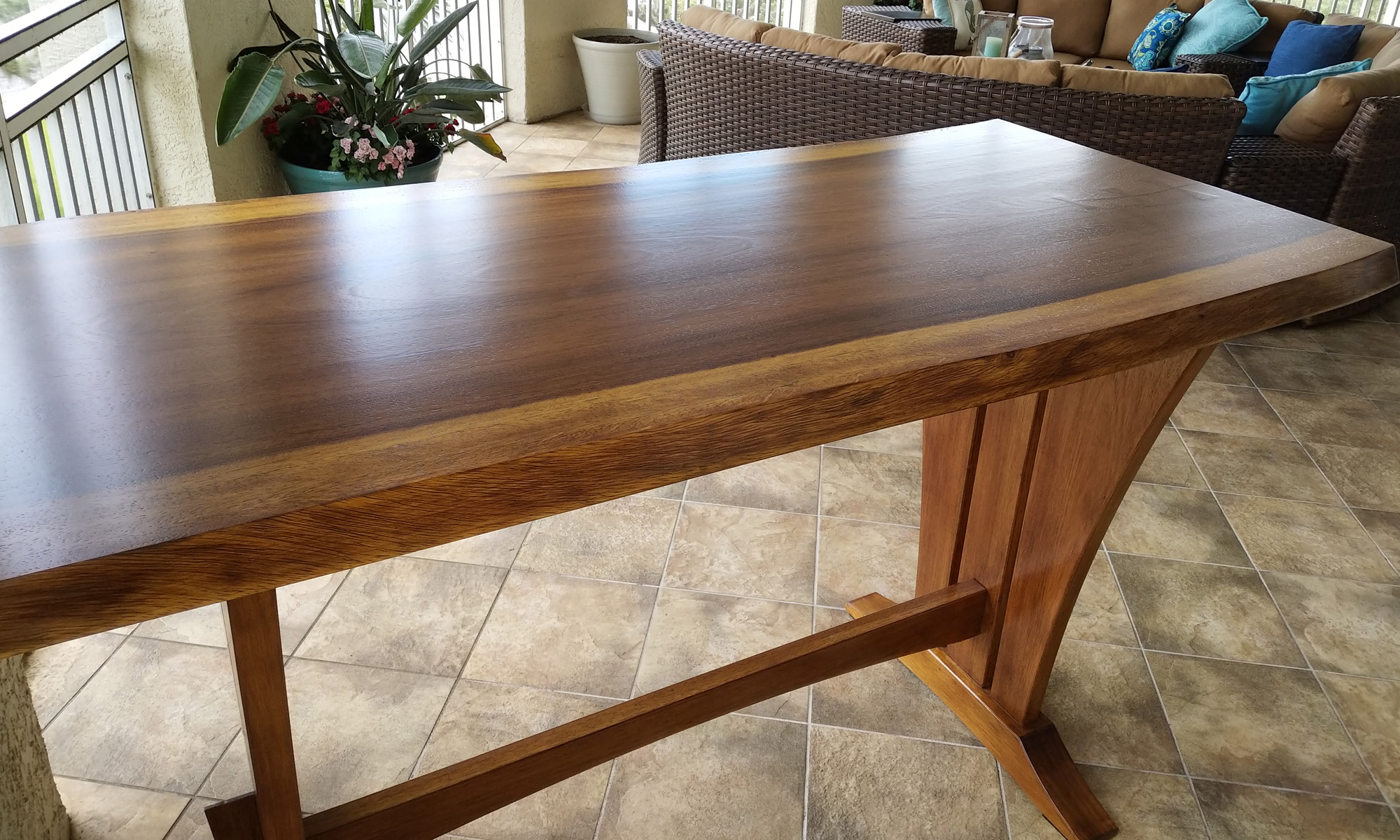Choosing and installing hinges has always been a frustrating part of the process of making a hinged box. The array of hinges available is staggering, yet often it is difficult to find just the right hinge for a particular project. I’m also guilty of not planning far enough ahead, and so when it comes time to install a hinge my choices are severally restricted because of the thickness of the wood I’ve used or the design of a particular box. Lastly I’m nervous about mortising for a hinge, messing it up and destroying all the work I’ve put into building a box.
While trying to decide on a hinge for the knife display case, all these factors came into play. In addition I had a lot of details that I did not want detracted from by a shiny metal hinge. I did some research and thought I would try make some wooden hinges. To my surprise I found them easy to make and install. They also looked really nice, and I thought they would add to the overall look of the case.
I milled some maple to half inch thick and 1 3/4″ wide. The width was determined by the finger joint layout, I was using a 1/4″ straight bit in the finger joint template on my Leigh D4R jig. The joints could just as easily made using a jig on a table saw or router table.
Using a 1/4″ round over bit in my router table I rounded over the ends of each piece.
Using the finger joint jig, I routed pins in both ends of one board, and sockets in both ends of the other board.
Each board was then cross cut in half and a test fit revealed a nice snug finger joint. I then pulled the joints apart by about 1/16″ and clamped the pairs together against my drill press fence. The plywood in the image ensured a clean exit hole. It is important that the drill be perpendicular to the table. The entry and exit holes need to be in perfect alignment on each side or the hinge will not open nicely.
After drilling, and before removing from the clamps, I inserted a 1/8″ brass rod cut to length into the hole, and two wooden hinges were complete, ready to be cut to fit and installed.








